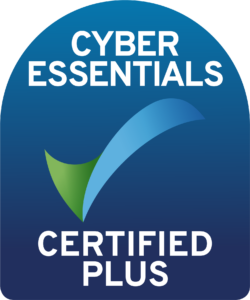Edited around 9 chapters on producing best practice content, 'Video focus - A guide for Technology Marketers' is a new free guide published by The Rubicon Agency.
Based on years of writing and producing influential B2B video content, the guide is aimed at any technology marketer who suspects or already knows that video can be a uniquely effective medium for strategic and tactical purposes.
Video marketing – an increasingly influential and integrated channel
With the rapid growth and acceptance of video in all marketing, senior tech marketers are increasing their investment in corporate, industry and open channels that broadcast this content – accelerated by the growing commitment to the medium from publishers and social platforms.
Marketing teams are expected to demonstrate the flare, innovation and communications clarity that they apply to other marketing assets, without necessarily having the training and skills development required to deliver a quality product.
Distilling over a decade of expertise in video production
The guide distils over 10 years of experience, insights, practices and pragmatism from a marketing agency dedicated exclusively to the technology sector. It’s not a comprehensive DIY guide or a geek’s guide to video technology – nor is it a budget-busting view from a creative ivory tower.
Written in a no-nonsense, plain English style, the guide provides a broad overview of the key principles and considerations for various types and formats of video.
What types of video are covered in this guide?
Check out the chapters contained within the guide:
Take 1: About this guide
Take 2: Video types
Take 3: Three considerations for a teaser video
Take 4: Why make a trailer video?
Take 5: The explainer video in three acts
Take 6: Show and tell with a demo video
Take 7: When it’s showcase time
Take 8: Keeping it real with a documentary video
Take 9: What makes a good vision video?
Take 10: Specialist agency or production company?
Take 11: The closing shot
At The Rubicon Agency, we are enthusiastic and experienced advocates of video as a technology marketing asset. From launch trailers to aspirational vision videos, they have a unique ability to stimulate interest, accelerate understanding and influence decision makers – three key goals for any tech marketer.
Download your copy of the guide today, or check out our video gallery if you need some inspiration.
